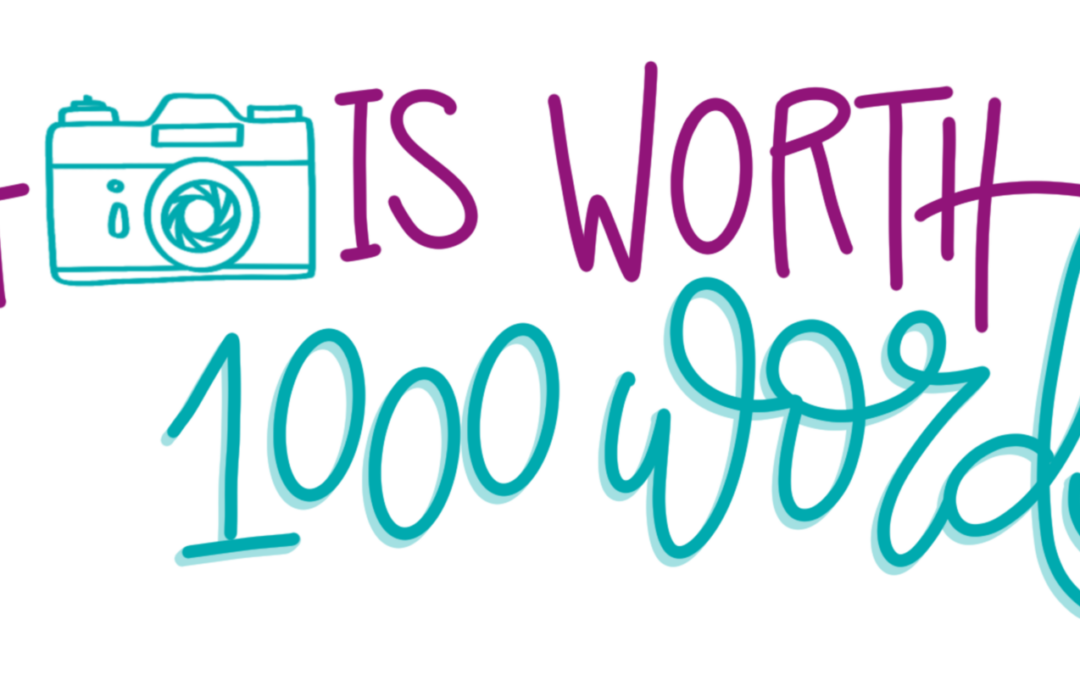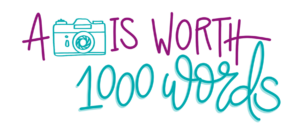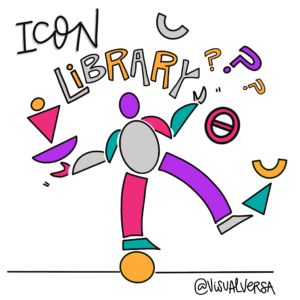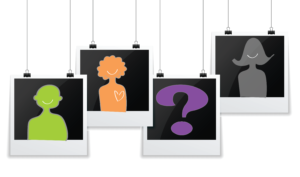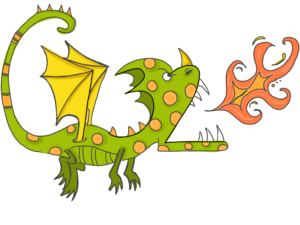“A picture is worth 1000 words”
I’m sure you’ve heard the maxim a hundred times in a hundred different ways. But have you ever stopped to think of how it came to be or why it’s such a common phrase?
As part of our ongoing series, “Visual Presentations: How Visual Notes can help in the meeting room and Beyond,” I want to invite you to pause and take a look.
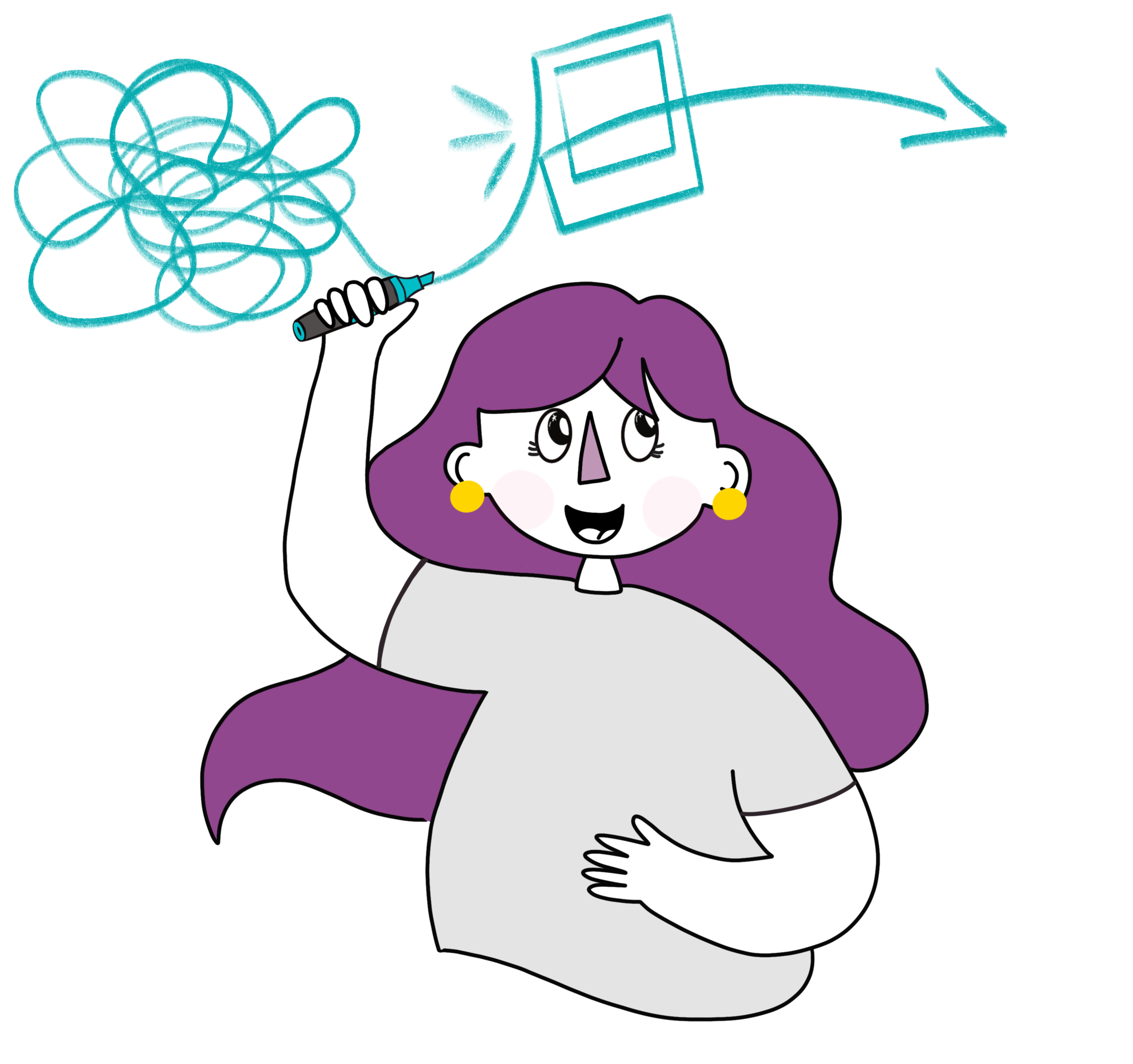
Its origins are hotly debated, but many sources attribute its popularization to an American man named Frederick R. Barnard, who wrote the phrase in the advertising trade journal Printers’ Ink on December 8, 1921, as a way to show the usefulness of images in ads on the sides of streetcars. Its popularity quickly grew, to the point of even being strangely conflated as an old Chinese or Japanese proverb. Even though it’s a fairly modern phrase, the idea has been around for a while – both Leonardo Da Vinci and Napolean Bonaparte said something similar. So what does this all mean?
In many studies (too many to list at this point), it’s been proven that we can capture the essence of a picture or image many times faster than the written word. What’d take an artist a matter of minutes to sketch might take a writer a whole essay to get the meaning across – and that’s powerful. A doodle can get across emotions, descriptions, even a whole story in just one look. (There are whole genres of writing whose point is to describe a painting! Just look up Ekphrastic poetry if you’re curious!) The human mind is wired to be able to process symbols quickly and efficiently, which means we can use this to our advantage during meetings.
Every manager knows one of the more frustrating parts of the job is to ensure every employee is on the same page. Whether this means keeping them focused during longer meetings or making sure they all understand what’s going on, it’s tough to keep people’s attention for long.
Cue: Visual Notes
Visual notes are a fantastic way to get people feeling more involved and focused. Instead of having to speak for 20 minutes straight, you can use visual notes to highlight the important parts of your topic. By including a visual cue to your main points, you give your employees a concrete visual symbol to tie to the abstract lexical metaphors that are words, thus making it easier to remember.
Not only that, but visual notes are a great way to break complex subjects down into easier-to-understand bits. Take the concept of diversity, for example. If you start a meeting saying “Let’s talk about diversity!”, chances are your employees are just going to stare at you like deer in oncoming traffic.
Instead, what you can do is break it down with images. Prior to the meeting, draw a picture of different people of color holding hands or different shapes all building a sand castle together, or even a bunch of people in Zoom squares smiling and laughing! (Bonus points: try to include some of your employees in there. Instant representation!)
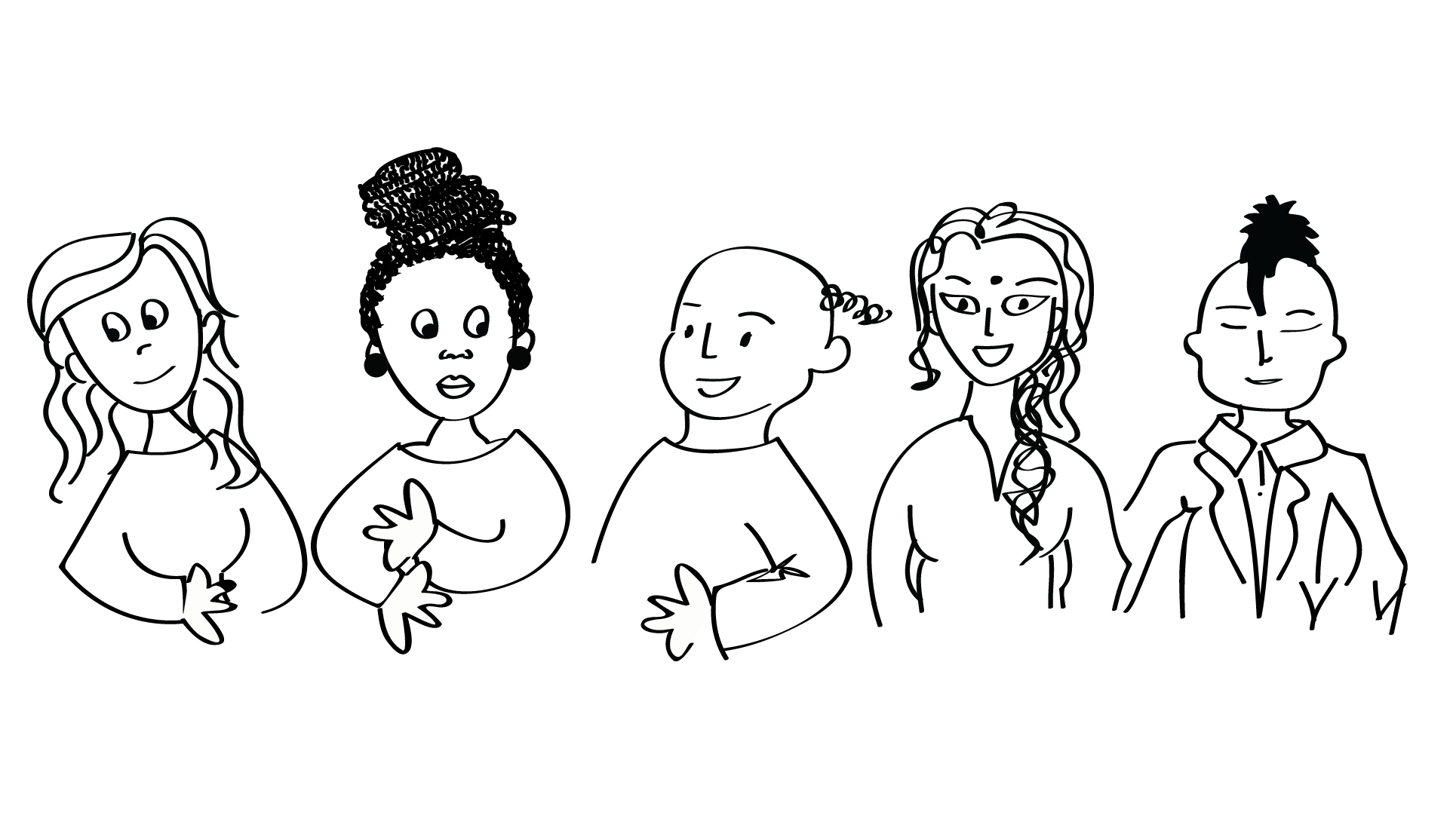
These icons can take away some of the pressure of feeling required to participate and instead lead to some meaningful and inspiring conversations. Just like how Frederick Barnard understood images in ads can catch people’s eyes better, you can use the power of visual notes to bring your team closer together and say less while doing more!
Want to read more about how visual notes can change your way of thinking? Read our blog about using visual notes here
Still not convinced? Contact our visual notes experts for a 1-to-1 meeting on how visual notes can help you and your team.
And as always, be sure to…
